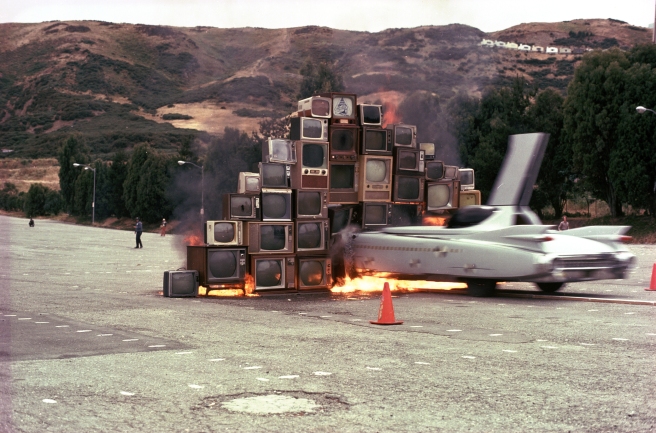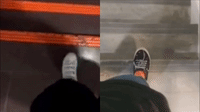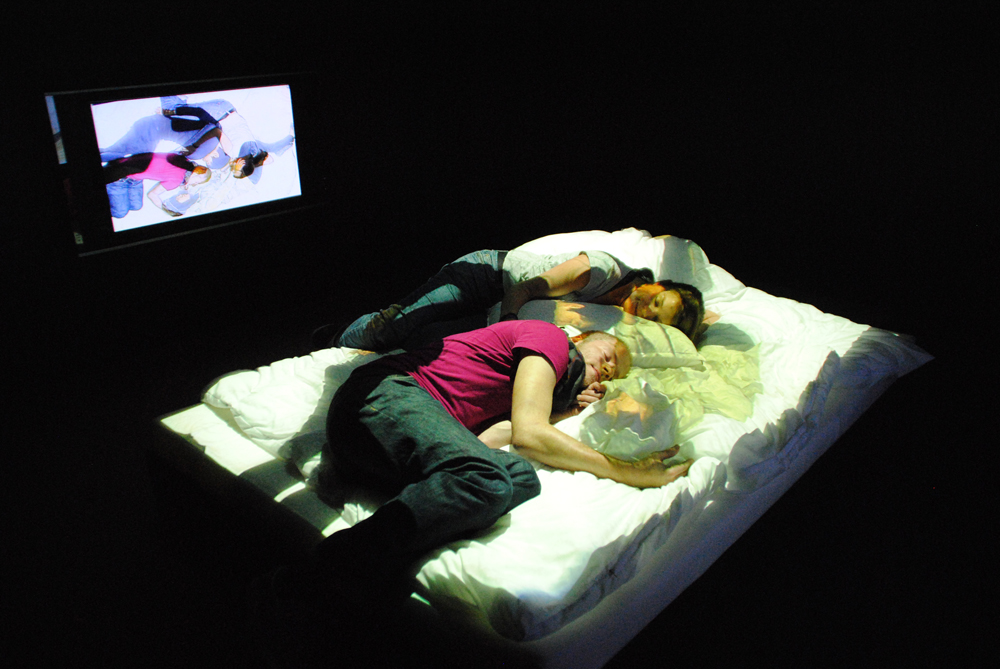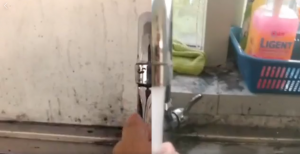Micro-Project V:
https://oss.adm.ntu.edu.sg/ytan149/micro-project-5-art-of-destruction/
In our Micro-Project V: The art of destruction, we printed the Mona Lisa in actual size and burnt it. The act of burning this iconic painting is against the tradition where the painting needs to be hung and framed on a wall to be viewed and enjoyed. As such there is aberrance in the aesthetic culture.
Jon Cates said that there was “poetic embrace of noise and error” in which is the balancing of nonsense and knowledge. There cannot be beauty without ugliness and ugliness without beauty. The aberrance created is rationalised; with purposed to reveal an important message – art does not have to be proper.
This can be further supported by the Glitched Studies Manifesto, “Here noise exists within the void opposite of what (already) has a meaning. Whichever way noise is defined, the negative definition also has a positive consequence: it helps by (re)defining its opposite (world of meaning, the norm, regulation, goodness, beauty and so on).”

If you watch the performance you may see that the Mona Lisa starts off as a proper image. As it burns, it crumbles and falls apart. Some leftover ashes of laser pigment stayed intact, with a vague imprint of the printed image. The act of destruction lifts the art from its physical form to an idea. The rules of painting – perspectives, proportions, chiaroscuro etc are quite literally erased and replaced by a new concept that we the artist introduced.
Again as mentioned in Glitched Studies Manifesto “These works stretch boundaries and generate novel modes; they break open previously sealed politics and force a catharsis of conventions, norms and believe.”

Glitch art is often associated with the Utopian view and freedom. In our performance, Mona Lisa’s ashes were prone to being blown away by the wind which represented art to be ephemeral and free. Chip Lord was constantly talked about creating an image and putting out there as a form of information throughout the Ant Farm’s projects. He also made a brief mention of Ethos. Ethics are mostly in question in performance art. For example Ant farm’s Media Burn performance in 1975 was used to create an image to critique and attack media.
As mentioned in Glitched Studies Manifesto “Once the glitch is understood as an alternative way of representation or a new language, its tipping point has passed and the essence of its glitch-being is vanished. The glitch is no longer an art of rejection, but a shape or appearance that is recognized as a novel form (of art).” A glitch is an adnormality but after it is popularize it slowly becomes a norm and ceases to be a glitch.







